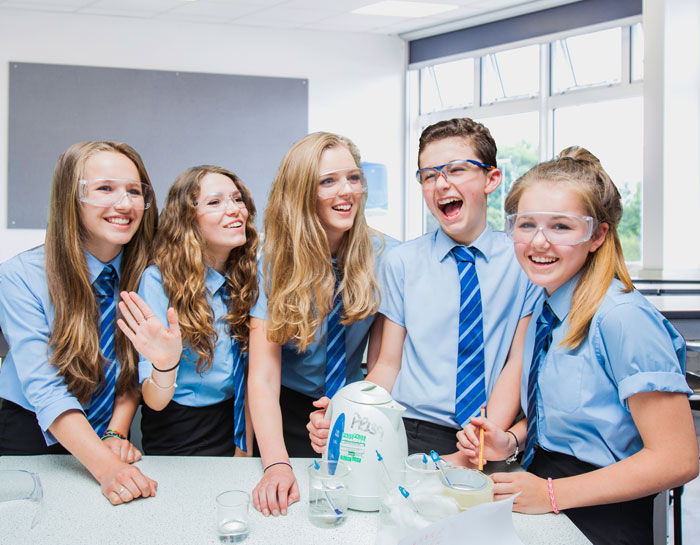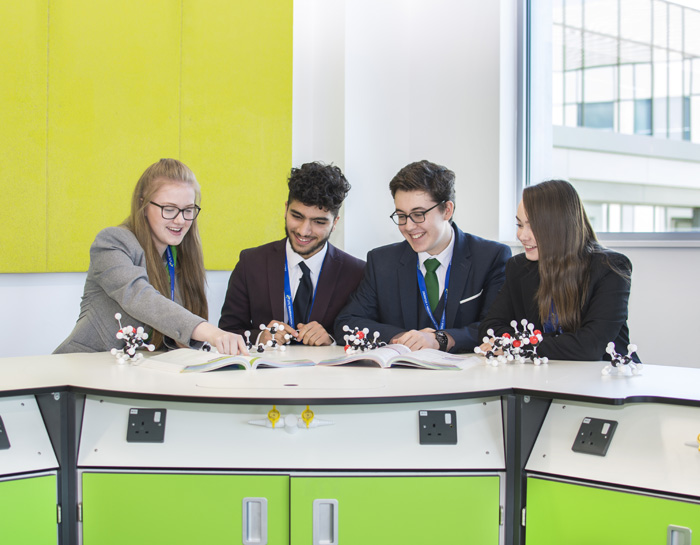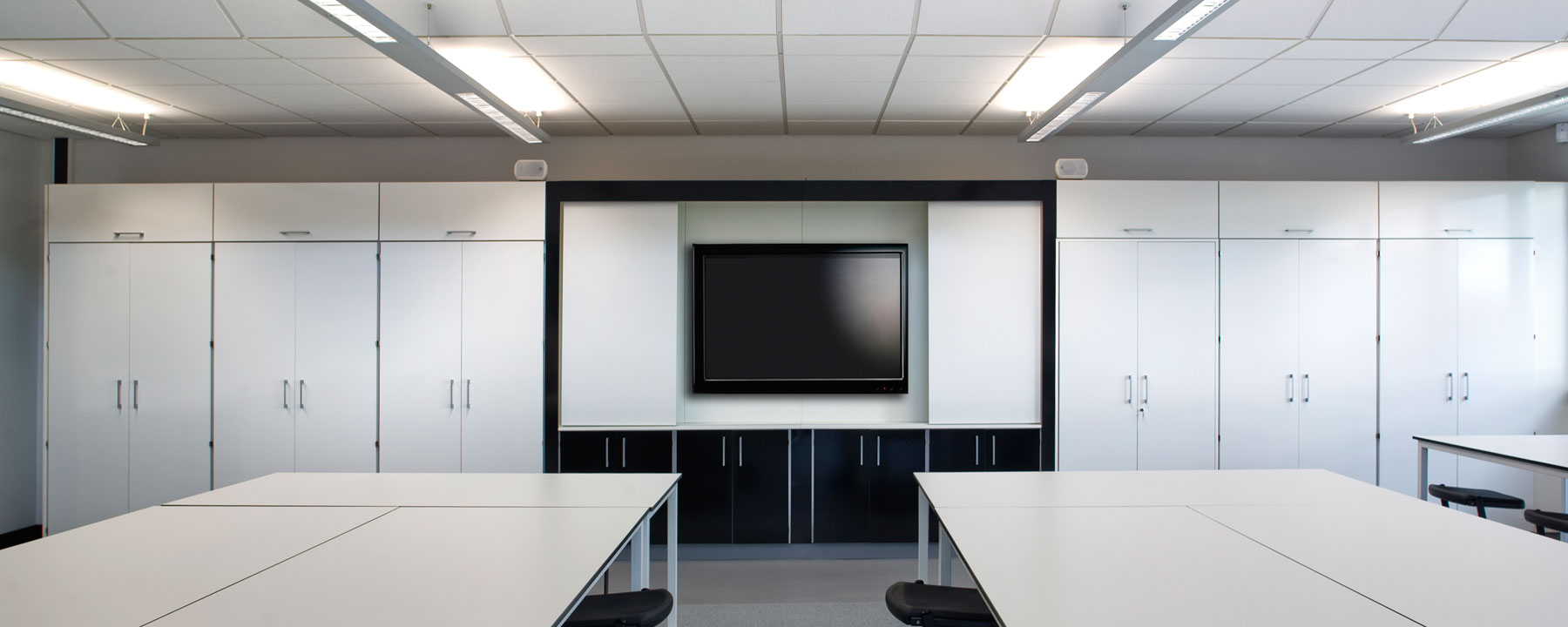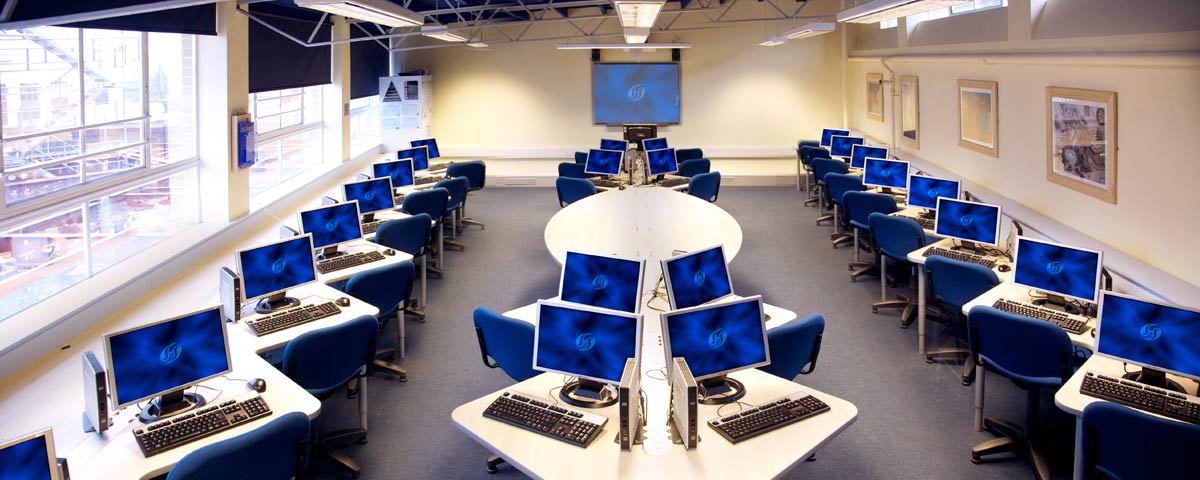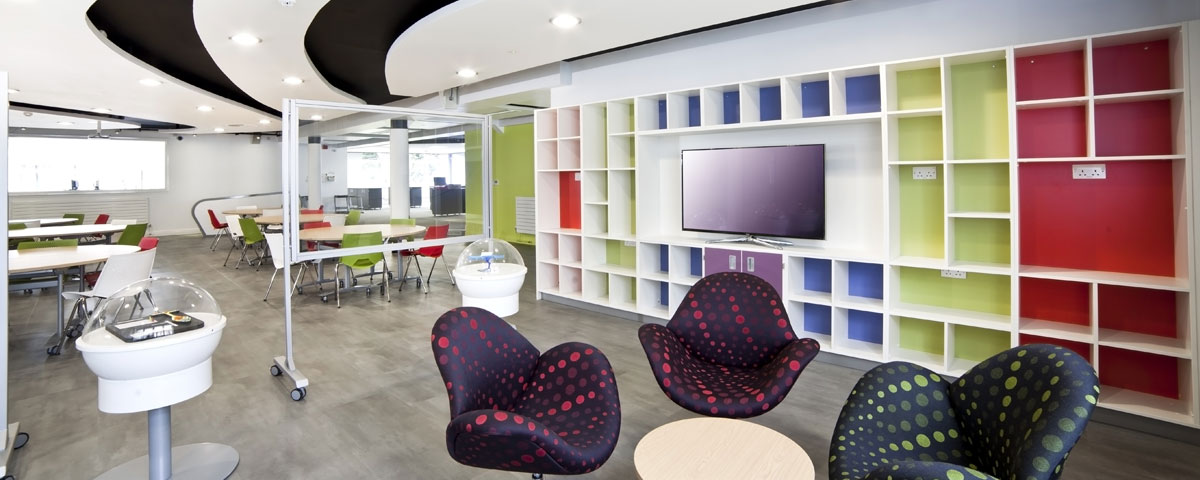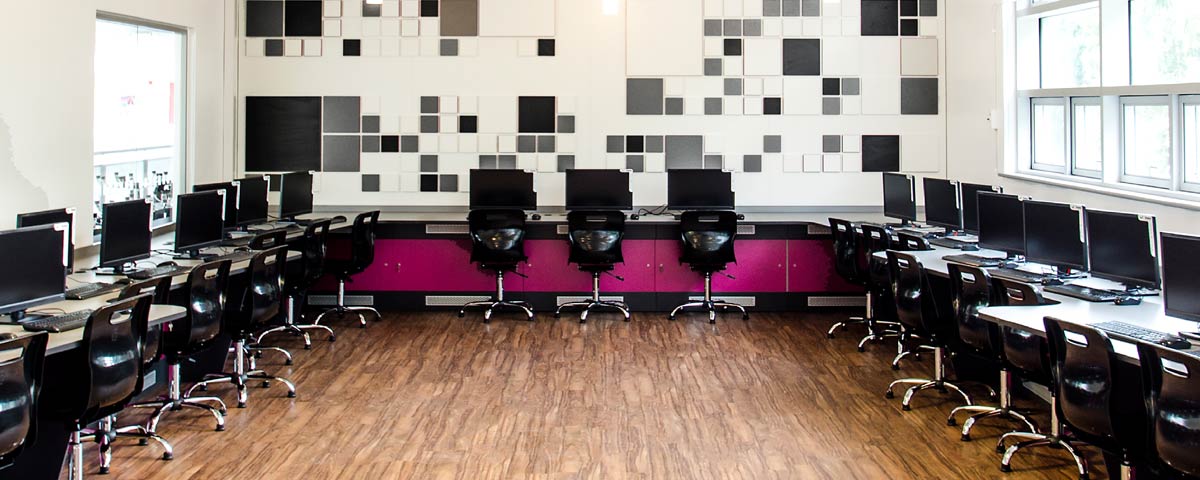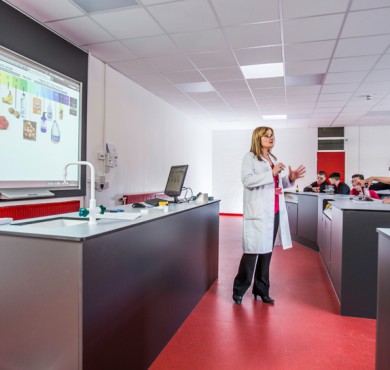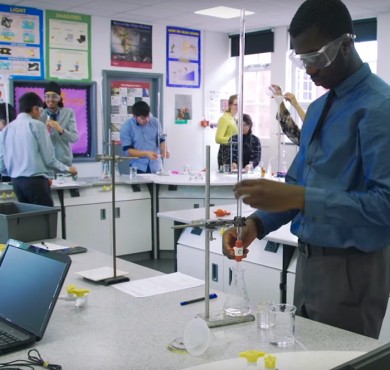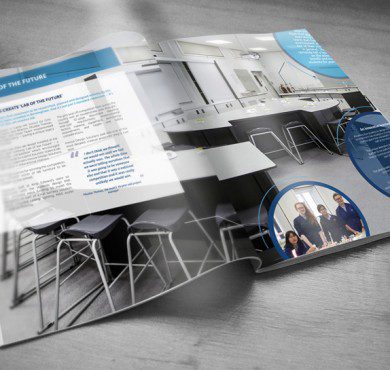Good Classroom Design Can Improve Results
With students spending most of their time in the classroom studying, it’s important to ensure you invest in the right design which encourages a positive inspiring learning space.
At Innova Design Group we also strive for great results – creating the right learning environments to help your students succeed.
The chance to create a space that truly works for and benefits you and your students is a valuable one. But where do you start? And how can you develop a classroom that produces great results?
1. Consider the space
If you’re used to adjusting the way you teach to fit with the limitations of your classroom, changing the way that space is configured can feel revolutionary. A study conducted by the University of Salford found that improving classroom design can boost a pupil’s performance by up to 25 per cent, and even simple changes to layouts can have a huge impact on student conduct and academic achievement.
For example, relocating the teacher to the ‘long’ wall of the classroom shortens lines of communication, enabling a more collaborative approach to learning and improving room management.
Introducing a ‘sawtooth’ benching layout in ICT suites gives students greater space and room for equipment and books, and also improves classroom management by enabling the teacher to see all computer screens clearly, allowing them to circulate easily and quickly whilst helping students who maybe struggling.
Modern teaching methods and the demands of practical and theory sessions have increased the pressure on space in science labs and flexible, dual purpose benching such as ‘Hot Corners‘ can offer a practical solution. By positioning students on one side of the bench, facing the teacher for theory sessions and placing services out of the way on the other, the layout helps to focus attention and minimise distraction whilst ensuring classes can move efficiently between practicals and theory.
2. Clear the desks!
They say a tidy desk is a sign of a tidy mind, and it’s certainly easier to concentrate on the task in hand if your workspace is free of distractions. Many older science classrooms we visit are short on storage and perimeter benches are cluttered with textbooks and equipment. Incorporating storage into centre floor and perimeter benching or building cupboards into teacher walls removes this clutter and keeps students’ lines of sight clear. Placing services and sinks out of the way on perimeter benching or on the opposite side of the workbench removes pupils’ temptation to fiddle with them and places their focus squarely on the teacher in front of them.
3. Sitting comfortably?
If you’ve ever sat in a chair that’s too small or uncomfortable, or tried to work at a desk that’s the wrong height or doesn’t have space for your legs to fit underneath, you’ll know how difficult it is to sit still.
The same applies in the classroom: students who sit at uncomfortable desks and chairs are more likely to let their attention wander. Choosing ergonomically designed furniture which encourages good habits such as a healthy posture can have a real impact on student behaviour and results. From ergonomically designed seating to saw-tooth benching in ICT spaces, a comfortable working space is essential in encouraging student productivity and learning. Size also matters: it’s important to select furniture that’s the right size and height for the age group who’ll be using it, if you want to ensure increased concentration levels.
4. Colour
It’s probably not something you think about when you teach, but the colour of your classroom can have an impact on mood and productivity. The University of Salford’s Clever Classrooms study found that simple, white environments tend to be under-stimulating, leading to restlessness and lack of concentration, while large, brightly coloured areas also rated poorly. The study suggests combining light walls with a feature wall in a brighter colour or flashes of colour on floors, desks and chairs can help create an atmosphere that is calm but stimulating.
5. Feel inspired
Finally, and perhaps most importantly, classroom design is a tool to transform the way students feel about school and studying. New furniture will always make a classroom more appealing, but the right choice of furniture and fittings will have much more of a long lasting effects, changing teacher and student perceptions and inspiring a whole new attitude to learning.
“Perhaps the biggest difference the refurbishment has made is in attitude: the new lab makes students want to do science – they really look forward to practicals and some students have even told me the improvement in facilities helped them make the decision to study science subjects when they moved from GCSE to A Level.”
The Results
Last year we visited a number of schools we’ve worked with previously, to speak to staff and students and find out what difference their new learning environments have made to them.
One such teacher was Hardeep Mattu, a science teacher at Shireland Collegiate Academy, told us how the refurbishment has changed his approach to teaching and delivered an impact that goes way beyond the wow factor.
Mr Mattu noted a very distinct improvement in standards and work ethic from his students when the new classroom design was introduced.
Whereas Jamie Edwards, Student at Penwortham Priory Academy and the World’s Youngest Nuclear Scientist, claimed that students at his school are more motivated to study since the laboratory refurbishment.
VIDEO: Learning Spaces to Inspire Tomorrow's Scientists
View on youtubeNew science facilities designed by a leading education interiors company have won the seal of approval – from the world’s youngest nuclear scientist.
Stockport based Innova Design Group, alongside Cassidy + Ashton Architects and contractors F Parkinson, have created state of the art science labs and a collaborative research zone at Penwortham Priory Academy in Preston, the school where 13 year old Jamie Edwards became the youngest person in the world to create nuclear fusion in 2014.
“Now that we have these amazing new facilities, more and more students are choosing science as well as extracurricular projects."
Southlands High School has also seen improvement in school grades after creating classrooms with a more university like, professional feel and were delighted to announce record exam results for the whole school in 2012 and its best ever Science and Art results in 2013.
As the focus of education shifts towards ensuring young people are ‘workplace ready’, education interior design has an important role to play: helping to make the next generation of workers productive in the classroom and beyond.
Contact
Are you looking to improve your classroom results? Contact us on 0161 477 5300 or email hello@innovadesigngroup.co.uk to find out how we can help.

